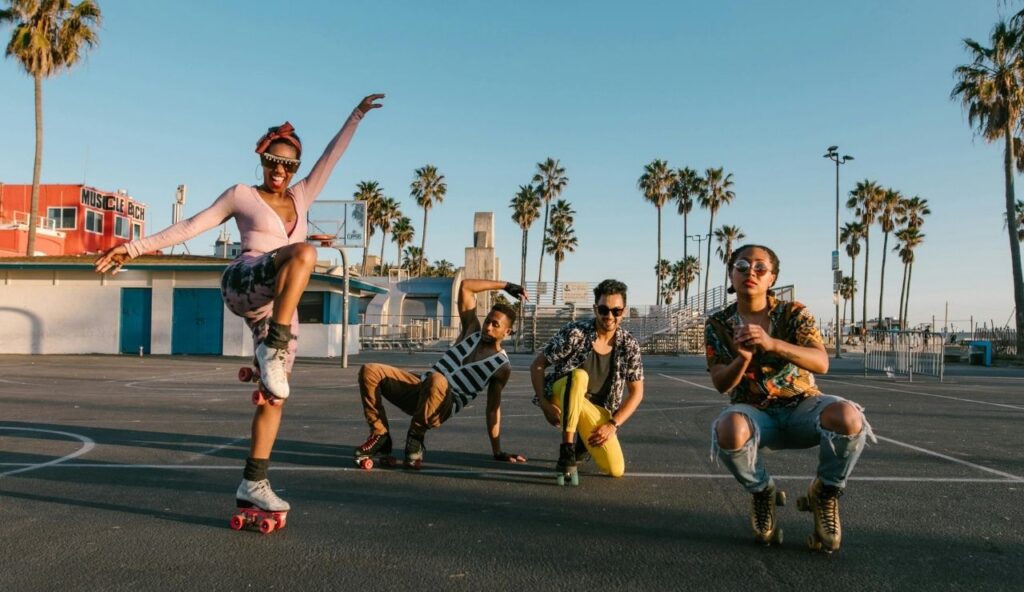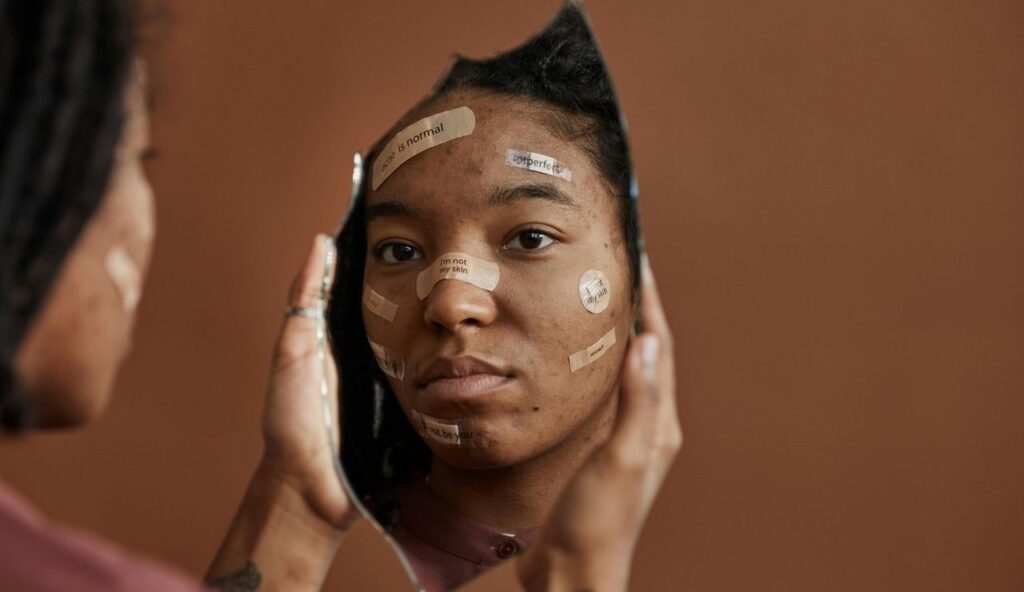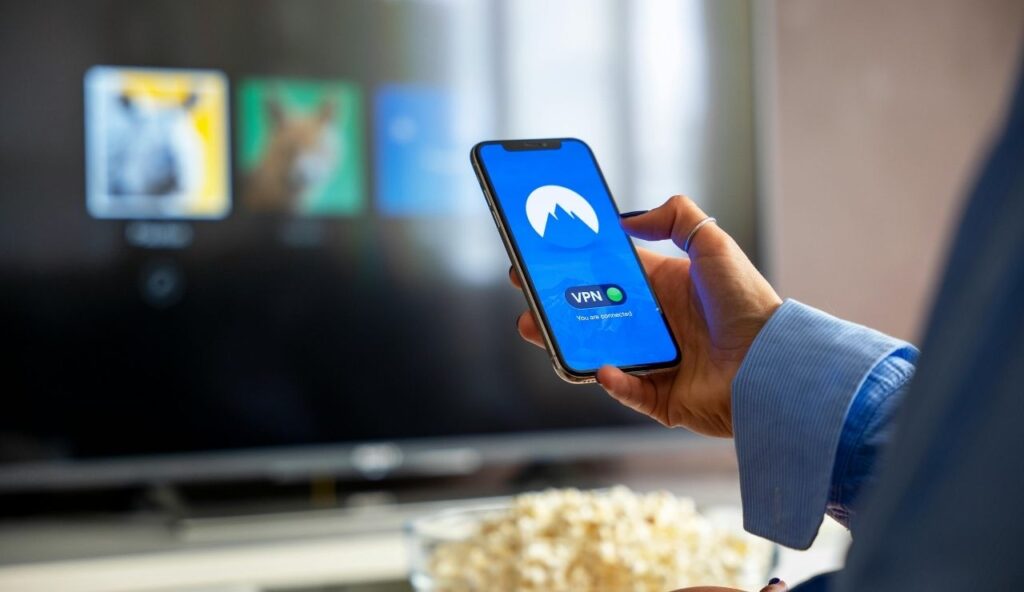Social media quietly influences how teens see themselves and interact with the world. It shapes interests, friendships, and even self-confidence in subtle ways. From the filters they choose to the groups they join, these platforms help teens explore who they are and who they want to become. This ongoing connection creates new paths for identity that didn’t exist before, changing the teen experience in ways many don’t always notice.
1. Online Communities Build New Friendships

Social media connects teens with others who share their interests beyond their local circles. Whether it’s fandoms, hobbies, or causes, these online groups provide a space where teens feel understood and supported. These digital friendships often shape how teens see themselves and what they value, offering a sense of belonging that can be hard to find offline.
2. Self-Expression Through Visual Storytelling

Teens use photos, videos, and stories to show who they are in creative ways. Social media offers tools like filters, stickers, and editing apps that let them shape their image exactly how they want it. This visual sharing helps teens explore identities and moods while gaining feedback from peers, making self-expression more interactive than ever before.
3. Identity Exploration Without Boundaries

Social media allows teens to explore different sides of themselves without the usual social limits. They can try out new interests, styles, or beliefs in a space that feels less judgmental. This freedom helps teens understand who they are beyond their immediate environment, giving them room to grow and adapt in ways that weren’t possible before.
4. Pressure to Curate a Perfect Image

Many teens feel the need to present their lives in the best possible light online. This pressure to look flawless can influence how they think about themselves and their worth. Constant comparison to others’ highlight reels may create doubts, pushing teens to carefully edit what they share and sometimes hide their true feelings.
5. Social Media Shapes How Teens Learn About Causes

Teens often discover social and political issues through social media. Exposure to different viewpoints and campaigns can influence their values and inspire activism. This access broadens their understanding of the world and helps them form opinions on topics they might not encounter elsewhere.
6. Trends Influence Personal Style and Identity

From fashion to music, social media amplifies trends that shape how teens express themselves. Viral challenges and popular styles quickly spread, giving teens new ways to experiment with identity. These trends provide a shared language that helps teens connect with peers and feel part of a larger culture.
7. Feedback Loops Affect Self-Esteem

Likes, comments, and shares create instant reactions to what teens post. Positive feedback can boost confidence, but negative or a lack of responses may cause doubt. This constant loop influences how teens view themselves and what they choose to share, making social media a powerful tool in shaping self-esteem.
8. Social Media Expands Cultural Awareness

Teens access diverse cultures and perspectives through social media, broadening their understanding of the world. Exposure to different traditions, languages, and lifestyles helps teens form a more inclusive sense of identity and challenges narrow viewpoints.
9. Creating and Joining Interest Groups

Teens use social media to find communities that match their passions or identities. Whether it’s art, gaming, mental health, or niche hobbies, these groups offer support and validation. Being part of such circles helps teens develop confidence and a clearer sense of self.
10. Social Media Encourages Activism and Voice

Many teens use social platforms to speak up about issues they care about. Whether sharing opinions, organizing events, or supporting causes, social media gives them a space to be heard. This empowerment shapes their identity as active, engaged members of their communities.
11. Exposure to Diverse Role Models

Teens follow influencers, creators, and public figures from various backgrounds on social media. These role models offer different perspectives on success, style, and values, helping teens explore identities beyond their immediate surroundings and imagine new possibilities for themselves.
12. Navigating Online Privacy and Boundaries

As teens share more online, they learn to manage what’s public and what stays private. Deciding how much to reveal affects their sense of control and comfort with their digital identity. This balance helps teens develop healthy boundaries in both online and offline life.
13. Social Media Influences Language and Communication

Teens adopt new slang, emojis, and styles of messaging through social media. This evolving language helps them express identity and connect with peers. It also shapes how they communicate emotions and ideas, blending online and real-world interactions.
14. FOMO Shapes Social Decisions

Fear of missing out, or FOMO, often drives teens to stay constantly connected. This feeling influences their choices about what to attend, post, or share. The pressure to keep up can shape how they prioritize relationships and experiences, subtly molding their identity and social life.
15. Building a Personal Brand Early On

Many teens use social media to create a consistent image or “brand” that reflects their interests and values. This self-presentation helps them stand out and connect with like-minded people. Crafting this online persona plays a big role in how teens understand themselves and plan for the future.


